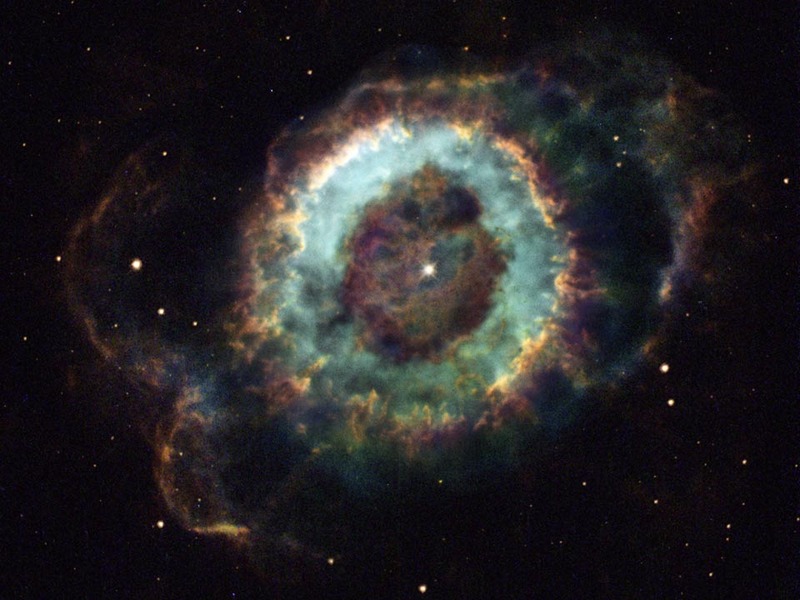
Jackson Lake, Wyoming - The world may not end on 21 December 2012, as predicted by some doomsayers, but one thing is certain: Earth won't be around forever. Astronomers at the Extreme Solar Systems II conference here, who study the birth and evolution of planetary systems, are also coming to grips with the ultimate fate of planets like our own. And although Earth's own future isn't too bright, it looks like our planet could possibly reincarnate as a new world.
At the end of their lives, massive stars much larger than the sun detonate as supernovae, hurling most of their planets into deep space in the process. Recently, some researchers even claimed to have detected such rogue planets. But stars like our sun swell into bloated red giants when the nuclear fuel in their cores is depleted. As a result, some 5 billion years from now, the sun will engulf the inner planets, Mercury and Venus.
According to theoretical physicist Eva Villaver of the Universidad Autónoma de Madrid in Spain, it's unclear whether Earth will survive this phase. "It's a tricky question," she says. If the sun loses much of its outer layers into space, Earth will end up in a wider, safer orbit. But this might be offset by tidal effects from the sun, which are more or less comparable to the tides of the moon and which would draw our planet inward, so it would get swallowed by the sun. "We don't know which effect will be strongest," Villaver says.
The outcome is even harder to predict because the planets will influence the sun's evolution during this epoch. The swallowing of Venus and the tidal interactions with Earth will dump energy into the sun's outer layers, Villaver says. That surge could cause the sun to blow even more material into space, adding to its colorful, expanding shell of gas, which astronomers call a planetary nebula.
Even though this would help Earth to survive the sun's red giant phase, its ultimate fate is probably sealed. According to astrophysicist Boris Gänsicke of the University of Warwick in Coventry in the United Kingdom, our planet might collide with Mars, shattering into trillions of rocky asteroids. Or tides from the swelling sun could rip Earth apart, with the same end result. In a later stage of the sun's death throes, when it contracts into a compact white dwarf star, part of this rocky material could rain down into the white dwarf's hot atmosphere. Indeed, something similar may have happened in a solar system just 50 light-years away.
At the conference today, Gänsicke presented observations of white dwarf stars that appear to be polluted with the remains of planets. Some of them also show evidence of surrounding disks of rocky debris. Although the mass of these disks is unknown, "we can't exclude that a second generation of rocky planets might form from these disks," says astronomer Eric Agol of the University of Washington, Seattle.
"Studying this dusty debris, either in a white dwarf's outer layers or in the surrounding disk, will tell us more about the composition of the rocky planets that once orbited the star," says astronomer Jay Farihi of the University of Leicester in the United Kingdom. Gänsicke notes that one white dwarf, known as GD61, has an excess of oxygen in its atmosphere, possibly produced by the capture of water-rich asteroids. These hydrated rocks could possibly be the remains of a shattered Earth-like planet.
Meanwhile, Agol believes that Earth-sized planets might end up close to a white dwarf, where they could have habitable temperatures for billions of years. "These could be second-generation planets, or the cores of Jupiter-like giant planets that survived the red giant phase of the star," he says. Alternatively, new planets could form from the debris of destroyed worlds, leading to a resurrection of sorts. "We just don't know."
Professional and amateur astronomers have embarked on a survey of thousands of white dwarfs to check for evidence of such planets, Agol says. Predicting how these planets form is hard, he says: "Looking for them is much easier."



Reader Comments
to our Newsletter